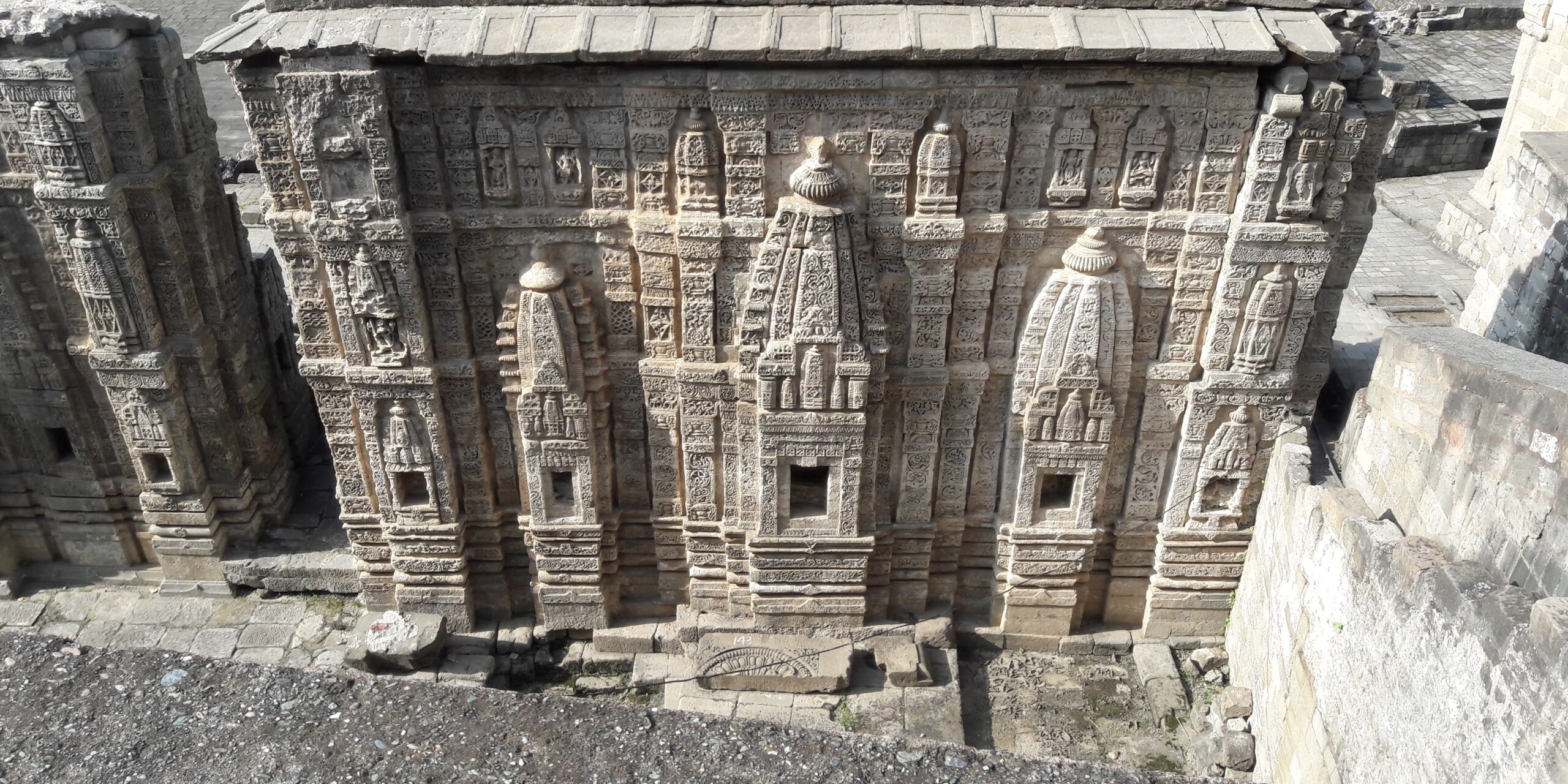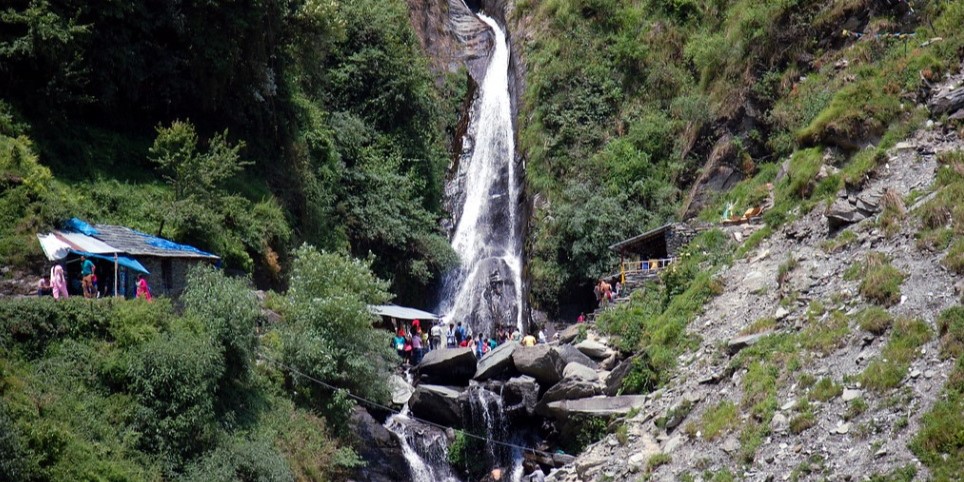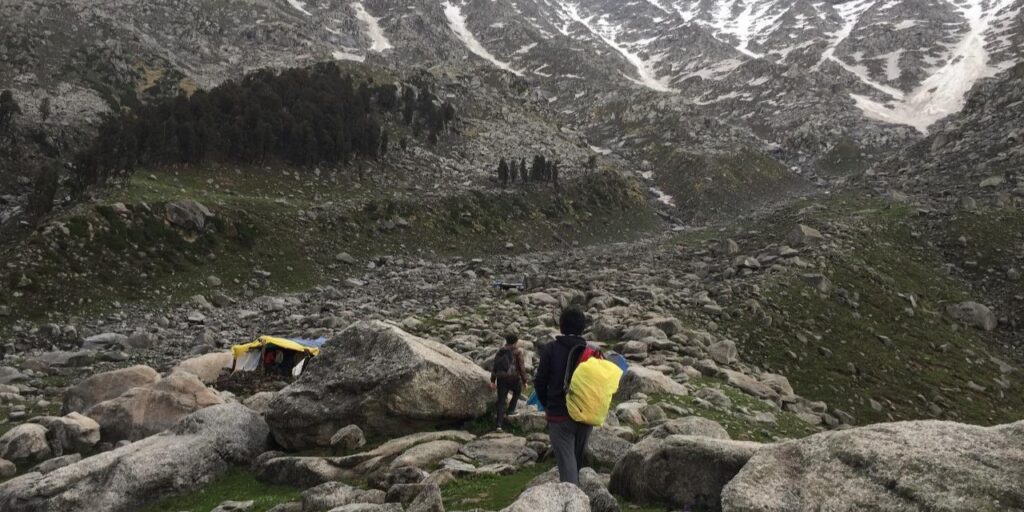In the picturesque Kangra Valley of Himachal Pradesh, Dharamshala is not just a sanctuary for spiritual seekers and adventure enthusiasts but also a treasure trove of historical landmarks. This serene town, with its lush landscapes and vibrant Tibetan culture, is steeped in history. From ancient temples to colonial-era buildings, Dharamshala offers a unique glimpse into its rich past. In this blog, we’ll take you on a captivating journey through the historical landmarks of Dharamshala, revealing the stories and significance behind each site.
1. McLeod Ganj: The Heart of Dharamshala’s History
McLeod Ganj, often referred to as the upper part of Dharamshala, is a central hub of Tibetan culture and history. Named after Sir Donald McLeod, a British Lieutenant Governor of Punjab, McLeod Ganj became a prominent center of Tibetan Buddhism following the arrival of the Dalai Lama in 1960.
- Dalai Lama Temple Complex (Tsuglagkhang Temple): At the heart of McLeod Ganj lies the Dalai Lama Temple Complex, a spiritual haven and a historical landmark. Established in 1959, the temple houses a massive statue of the Buddha, alongside images of Avalokiteshvara and Padmasambhava. The complex includes the Tibet Museum, which showcases Tibetan history, culture, and the hardships faced by Tibetans. Visitors can witness prayer sessions and experience the serene ambiance of this spiritual hub.
- Namgyal Monastery: Adjacent to the Dalai Lama Temple, Namgyal Monastery is the personal monastery of the Dalai Lama. Founded in the 16th century in Tibet, it was relocated to Dharamshala following the 1959 Tibetan uprising. The monastery is a significant site for Tibetan Buddhist practices and rituals, offering a peaceful retreat for monks and visitors alike.
2. Kangra Fort: Echoes of a Bygone Era
Located approximately 20 kilometers from Dharamshala, Kangra Fort is one of the oldest and largest forts in India. Believed to have been constructed by the Katoch dynasty around 3500 years ago, the fort has witnessed numerous battles and sieges over the centuries.
- Architectural Significance: The fort’s architecture reflects various styles, from Hindu to Mughal influences. The Vajreshwari Temple within the fort complex is dedicated to the goddess Vajreshwari, adding to the fort’s religious significance.
- Historical Importance: Kangra Fort played a pivotal role during the reign of the Mughals and the Gorkhas. It was captured by the Mughal Emperor Akbar in the 16th century and later by the Gorkhas in the 18th century. The fort’s strategic location offered a commanding view of the surrounding region, making it a crucial military stronghold.
3. War Memorial: Honoring the Brave
The War Memorial in Dharamshala stands as a tribute to the soldiers of the Indian Army who sacrificed their lives in various conflicts. Established in 1999, the memorial is set against the backdrop of the majestic Dhauladhar Range.
- Architectural and Cultural Significance: The memorial features an array of plaques and inscriptions honoring the martyrs of the Indian Armed Forces. The design incorporates traditional elements with modern aesthetics, symbolizing the nation’s respect and gratitude for its heroes.
- Visitor Experience: Visitors can explore the well-maintained gardens, view the names of the fallen soldiers, and reflect on the valor and sacrifice of those who served the nation.
4. St. John’s Church: A Colonial Gem
St. John’s Church is a historic Anglican church located in the small village of Forsyth Ganj, about 8 kilometers from Dharamshala. Built in 1852, it stands as a testament to the British colonial era in the region.
- Architectural Features: The church is known for its neo-gothic architecture, with a picturesque setting amidst tall deodar trees. The stained-glass windows and wooden interiors add to the church’s old-world charm.
- Historical Relevance: The church is named after St. John in the Wilderness and was established by the British during their colonial rule. It served as a place of worship for the British expatriates and has witnessed significant historical events.
5. Dharamshala’s Oldest Temples: A Glimpse into the Past
Dharamshala and its surrounding areas are home to several ancient temples that reflect the region’s rich spiritual heritage.
- Aghanjar Mahadev Temple: A notable Hindu temple situated in Khanyara, near Dharamshala, in Himachal Pradesh, India. The temple is dedicated to Lord Shiva, one of the principal deities in Hinduism, known as the destroyer and transformer in the Trimurti, alongside Brahma the creator and Vishnu the preserver.
- Chamunda Devi Temple: Situated about 10 kilometers from Dharamshala, Chamunda Devi Temple is dedicated to Goddess Chamunda. The temple is believed to have been established centuries ago and holds significant importance for devotees who visit to seek blessings.
Conclusion
Dharamshala, with its blend of Tibetan culture and historical landmarks, offers a fascinating journey through time. From the spiritual sanctuaries of McLeod Ganj to the ancient Kangra Fort and colonial-era churches, the town is a testament to the diverse and rich history of the region. Whether you’re a history enthusiast, a cultural explorer, or simply a curious traveler, these landmarks provide a deeper understanding of Dharamshala’s past and its evolution over the centuries.
Keywords: Historical Landmarks of Dharamshala, McLeod Ganj, Dalai Lama Temple, Kangra Fort, War Memorial Dharamshala, St. John’s Church, Tibetan Buddhism, Dharamshala History, Cultural Heritage





